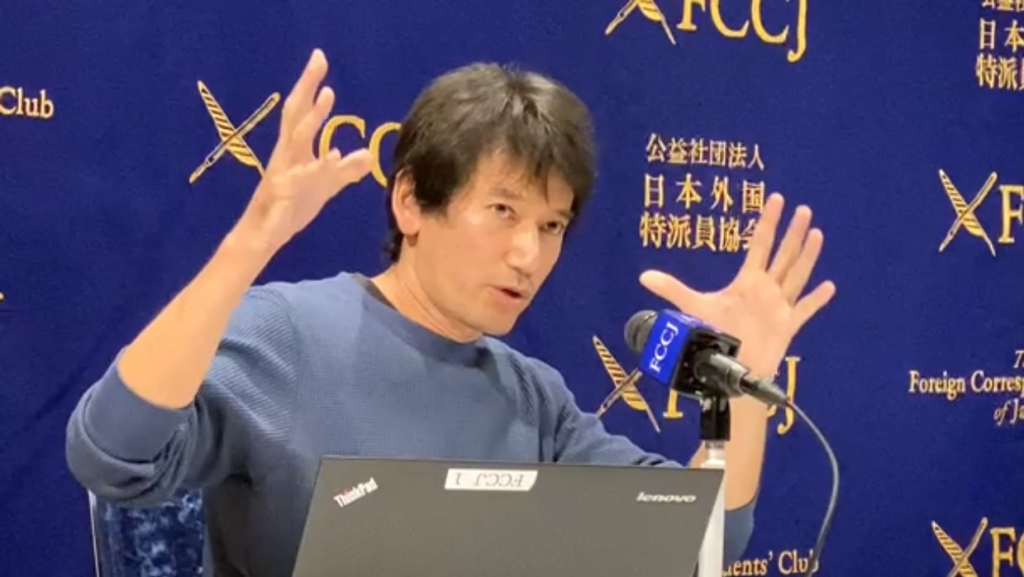
- ARAB NEWS
- 31 Jul 2025

Arab News Japan
TOKYO: Katoku beach, on the sub-tropical island of Amami-Oshima in the Ryukyu chain of islands, is famous for its stunning scenery, rich ecosystem and world-class surfing. It is home to the critically endangered leatherback sea turtle and other rare animals.
So, a plan to cover most of the beach with a 6.5-meter, 180-meter seawall has infuriated many locals and environmental activists as they say the seawall will cause irreversible environmental damage and destroy the surfing beach.
The fight to save the beach has become a symbol of Japan’s often controversial seawall program, which has accelerated since the 2011 Tohoku disaster. While the government says these sea defenses will help protect coastal communities, campaigners like Jean-Marc Takaki, Director of the Association for the Protection Amami Island’s Forest, Rivers and Ecosystems, says they cause depopulation and the death of thriving coastal communities.
“Will Japan continue to concrete its entire coastline despite the universal knowledge that coastal management policies have long been phased out in other countries, because they cause more harm than good?” He asks. He believes that the impetus for such schemes is to enrich construction companies and their associates.
Takaki is a resident of Amami Ōshima and a long-term campaigner to conserve the beach. He considers the Katoku case crucial for the future of Japan’s coastal management policies, environmental security and justice. Even worse for him is the impact of military forces on the island, which lies close to China.
“[The Japanese military] are building one of the biggest bases in the Ryukyu Islands above Katoku as well as ammunition tunnels,” he says, adding that the complex could cover as much as 100 acres and will also involve US forces, despite being a World Heritage buffer zone.
“Some people are speculating that Katoku, which is a bay not a harbor, will eventually be used to create a military harbor.”